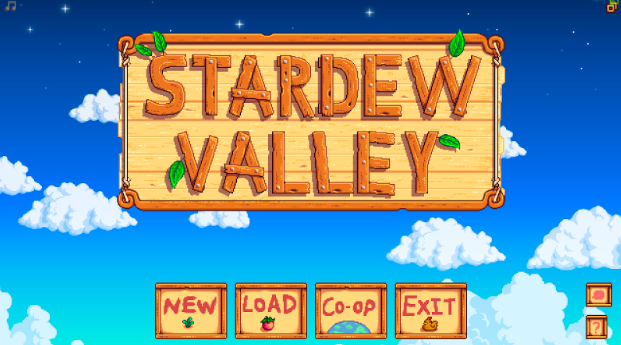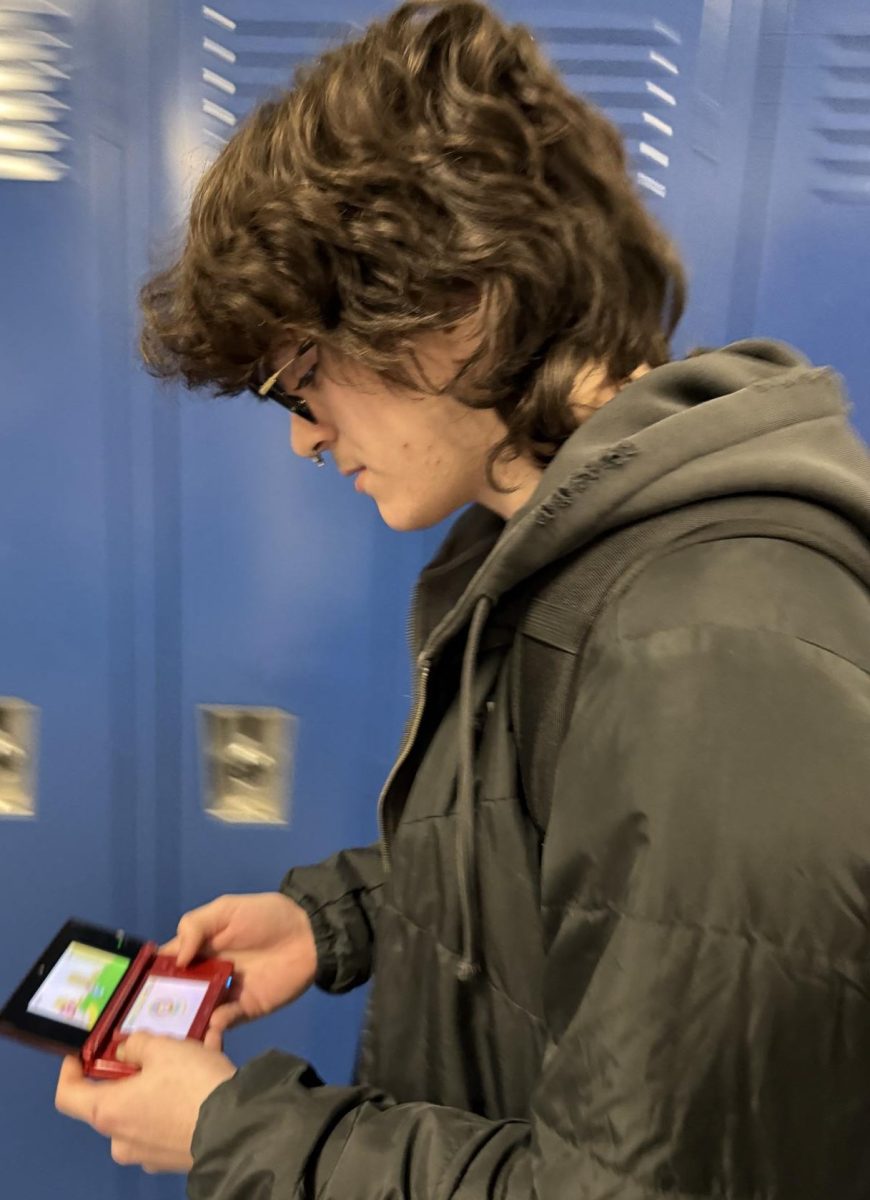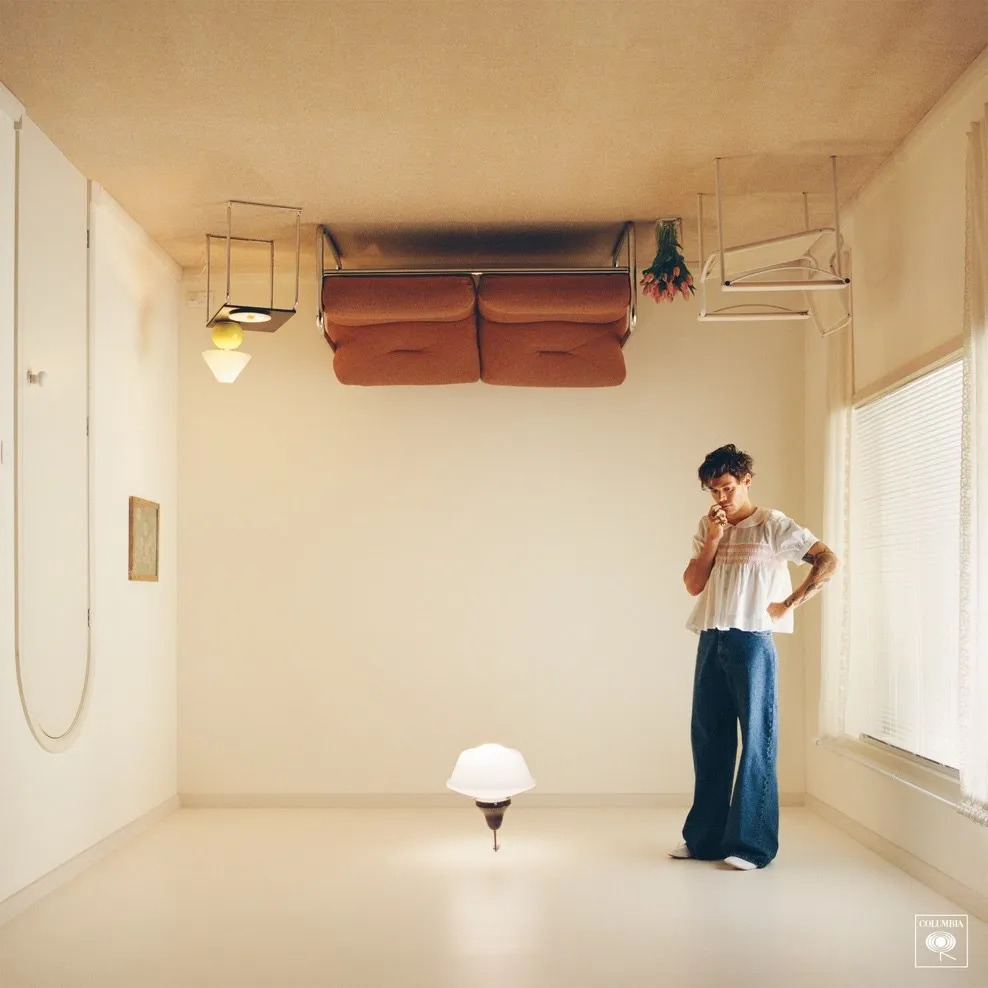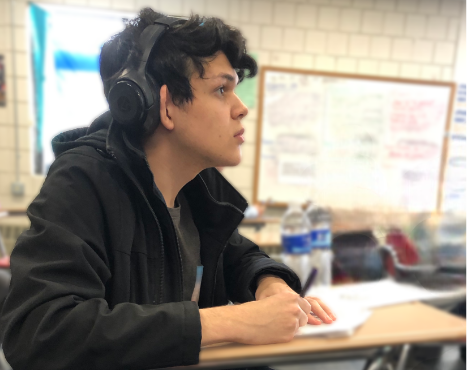Stardew Valley, overall, is a simple game at the surface but can be as complex as you want. The game begins with your grandfather’s passing and him giving you, the player, an envelope with the instructions to open it when the pressures of the world become too much for you. Time passes and you open it while at your soul-crushing job, Joja. Inside is the deed to your grandfather’s farm in Pelican Town in, you guessed it, Stardew Valley. You find a run-down cabin and are given some tools and seeds by the mayor. After some tutorials, you’re left to your own devices to do anything you want to bring up the old farm to greatness.
Before that, you customize your player with a ton of different options, from hair color and style to clothing. Beyond customizing yourself, you can choose what kind of farm you want, from a basic plot of land to one with a lot of water to mountains, with many other ways to customize to make your farm your own.
In the town, however, it’s not all farming. You can go fishing or spelunking in the local cave for ores, rare gems, and to fight monsters. Also, you can talk to the locals and do quests for them; attend events, like fairs; and do many other things. One of the main goals you can complete entails deciding between repairing the old community center or making a deal with the Joja mart in town for them to make it a warehouse, which I won’t delve into right now.
Another aspect of the game is the secrets. For instance, if you find a piece of paper on the ground, it might contain instructions to find a secret item or a list of things that a nonplayable character likes, so by gifting them items they like, it’s easier to become friends with them. By making more friends, you can get gifts and attend special events at certain levels.
You may not be the best at first, but it’s all good because there is no “deadline” for things. There are seasons, which last for 30 in-game days, and each season has its own events and birthdays of residents. But, crops are often limited to their season; for example, if you plant crops on the 29th, and it becomes the 1st day of the next season, poof, your crops wither. And, in winter, nothing grows, so that’s a good time to focus on upgrading your tools with the blacksmith.
Overall, though, the game isn’t intense at all, beyond trying to get to the blacksmith in time, or deciding when to plant crops, or trying to get out of the mine and travel home before 2 A.M. or when your character has low health.
I’ve spent roughly 130+ hours in the game, and I have bought it three times on the Xbox, Switch, and on Steam (PC). It’s just a good game to relax with after a day’s work. It gets updated with new content every so often, and in them, the creators add new events and features, improvements, and more. Updates usually come out first on PC, but other versions follow at later times, as the game is developed by a single man, Eric Barone, who goes by the pen name of ConcernedApe.
Released in 2016, Stardew has sold 10 million copies over nearly every platform out there, including Android, iOS, Steam (PC), Nintendo Switch, Playstation 4, Playstation Vita and Xbox. Additionally, you can even transfer saves from Android and PC if they are the same version! While all of these are great ways to play the game, the Vita version is no longer supported due to the hardware limits, but if you get it on PS4, you get Stardew for free, so why not give it a go!?
Plus, with all this quarantine stress, sometimes it’s nice to let go and relax with a little game about farming in a small town. You can talk to the locals and relax without worrying about the world around us. Here is a link to Stardew’s website if you would like to read more on the game, and here is the game’s initial trailer (much has changed since this with updates but you get the idea of the game from it).






















